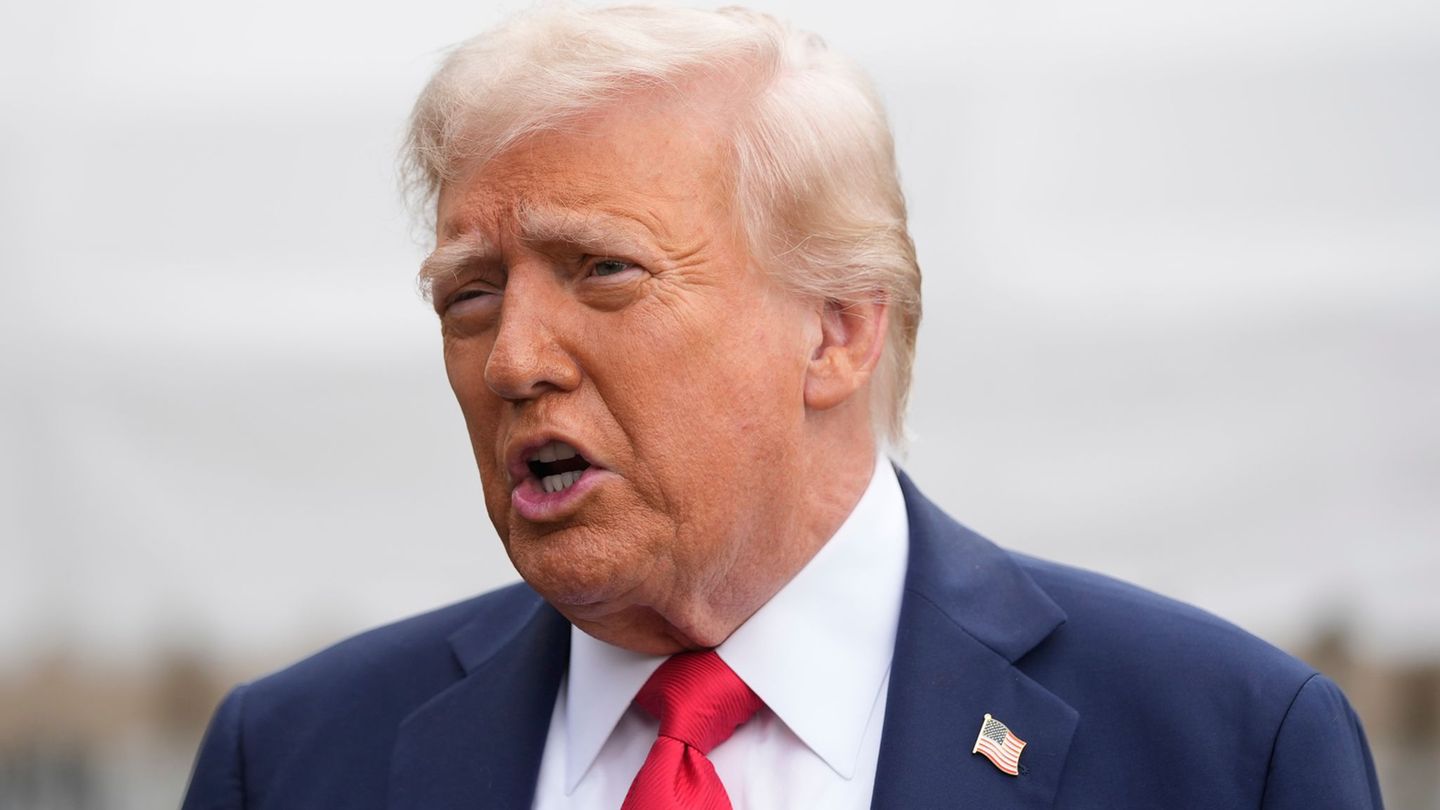Given this, Norberto Sosa, director of IEBin dialogue with Ambit, analyzed the positive performance of both indices this year: “It was largely due to the fact that the US economy, at least for now, has not entered a recession which was predicted to begin in the first half of the year. On the contrary, GDP in the first quarter has grown 1.6% (year vs. year) and it is estimated that in the second quarter it would be growing 1.9% (year vs. year)“.
Regarding the behavior of the sectors of the S&P500 so far this year, according to information from IBE, three of the 11 members of it were the ones who promoted it: Technology (+33%), Communication Services (+32%) and Consumer Discretionary (+25%). At the same time, the sectors that were defensive last year are registering falls this year: Energy -7%, Basic Services -6%, Health -4% and Basic Consumption -2%. In turn, the actions of the sector Financial accumulate a loss of 3% due to the crisis in the sector that happened in March.
As to if the trend will continue to rise on Wall StreetSosa explained: “Taking into account the current economic scenario, even with a projection of slightly higher rates, we could assume that there is room for stock prices to continue to recover, with a potential rise in the case of the S&P500 of at least 10% if we take into account current prices and the so-called target prices estimated by company analysts”.
Given this, Investors are wondering which sectors have the greatest short-term upside potential, and which companies (which can be acquired on the local stock market through Cedears) could post strong gains.
Diego Martínez Burzaco, Country Manager of Inviu, In dialogue with this medium, he first highlighted that it was the first pause in the rise in interest rates after 10 consecutive rises. “It was something that was expected by the market”said and expanded his analysis: “I think the rise in technology went far beyond what could have been expectedespecially the Big Tech. This at some point is going to start to compress compared to the rest of the market”.
As to which sectors They have upside potential in the short term. What are the papers you see with the greatest possibility of registering profits?, Burzaco opined: “I would much favor sectors that are defensive as Health and mass consumption because I feel that the level of activity is no longer so strong at the level of the North American economy and it could migrate towards more defensive sectors such as Walmart, Procter & Gamble, and Johnson & Johnson.”
For his part, Sosa, assured that in this context, the three sectors related to growth (Technology, Communication Services and Consumer Discretionary), they still have potential to continue recovering ground if we compare the current prices with the target prices”.
However, he opined that “those sectors that in the Accumulated for the year samples fell, have a higher potential rise (Energy, Basic Services, Health and Consumption). This situation begins to generate the debate of whether the three locomotives that drove the rise of the S&P500 will continue to be the same or if a rotation of sectors could begin to be registered. For now, the market seems to be focused on the three sectors mentioned, since they are the ones that benefit the most from all the development of artificial intelligence”.
The last update of the IEB portfolios in June was made up as follows: benchmark (SPY ETFs, Berkshire Hathaway, Disney), defensive (ETF DAY, and Coca Cola), aggressive (ETF QQQ, Google, and Tesla), and tactical (the XLE, EEM, and Alibaba ETFs).
Are we at the end of the Fed rate hike?
Sosa explained to this outlet that Although the Federal Open Market Committee decided to pause in the June meeting, “it raised the projection of its path for the remainder of 2023 and 2024compared to a previous estimate equivalent to the top of the range at 5.25% for 2023 and 4.50% by the end of 2024, the current projections are 5.75% and 4.75% respectively.” Therefore, he opined , the cycle is probably not over, but it is clear that it is near the end.
Source: Ambito
I am a 24-year-old writer and journalist who has been working in the news industry for the past two years. I write primarily about market news, so if you’re looking for insights into what’s going on in the stock market or economic indicators, you’ve come to the right place. I also dabble in writing articles on lifestyle trends and pop culture news.




